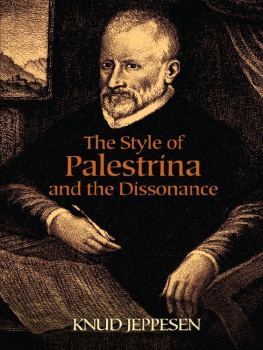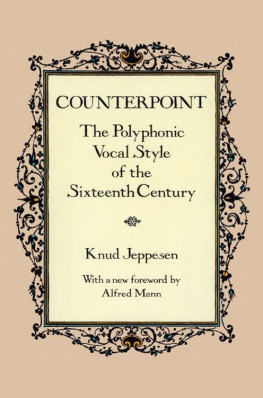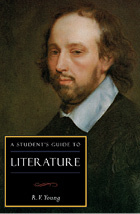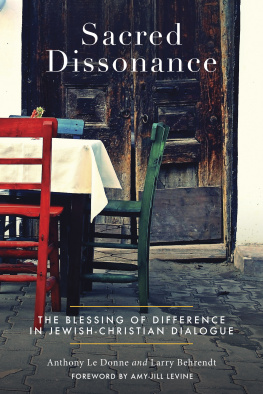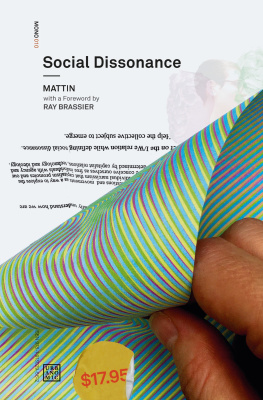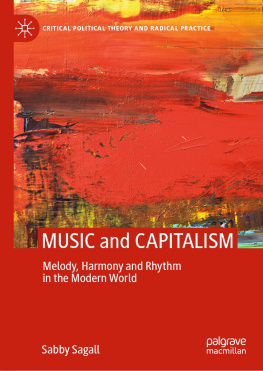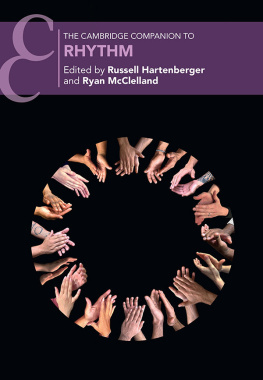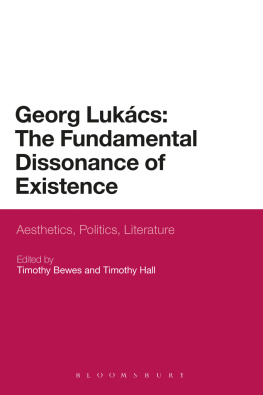
Giovanni Pierluigi da Palestrina
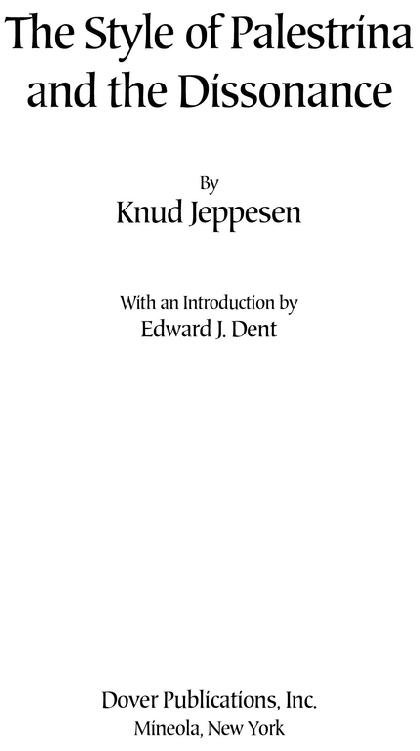
Copyright
Copyright 1970 by Dover Publications, Inc.
Copyright 1946 by Knud Jeppesen
All rights reserved.
Bibliographical Note
This Dover edition, first published in 1970 and reprinted in 2005, is an unabridged republication, with corrections, of the second revised and enlarged edition originally published in 1946 by Oxford University Press.
9780486171623
Manufactured in the United States of America
Dover Publications, Inc., 31 East 2nd Street, Mineola, N.Y. 11501
Introduction
Palestrina is a composer who has suffered much from indiscriminate admiration. His name is surrounded by a thick mass of tradition and legend which scientific research has only recently begun to clear away. Ecclesiastical interest has exalted his music to a plane on which the listener is expected not to criticize but to adore. For two hundred years pedagogues have invoked his name as the model of pure counterpoint, but it is seldom that they have taken the trouble to make a careful study of his works in order to see whether their conventional rules were in accordance with the masters actual practice.
This book of Dr. Jeppesens approaches Palestrina in a strictly scientific spirit. It is not a life of Palestrina, nor even a comprehensive study of his works; it sets out merely to investigate Palestrinas treatment of dissonance. But the study of dissonance in Palestrina involves the study of almost every element that contributes to his general style, and that study further involves a consideration of his predecessors and a consideration of the psychological principles underlying all musical composition. English readers are as a rule repelled rather than attracted by books which display immense erudition. But Dr. Jeppesens vast learning is no empty show. His overflowing footnotes are not the results of mere ant-like industry. Every one of them suggests a train of new thought; every reference points to some book or article which one ought to read, some principle which one ought to follow up in the hopes of getting a step or two nearer to the solution of the ultimate mystery of musical expression. From Dr. Jeppesens casual illustrations and comments the student of musical history will derive a far more illuminating view of mediaeval music than is to be found in many professed studies of that remote and difficult subject. The practical musician who wishes to perform some work of Palestrina may learn much that is new as regards its interpretation.
Teachers and students of counterpoint and composition will do well to read this book and devote careful study to its arguments. It is gratifying to find that Dr. Jeppesen regards Mr. R. O. Morriss Contrapuntal Technique in the XVIth Century as by far the best book which has been written on the subject. He is not always in agreement with Mr. Morris, and it may shock the English reader to be told that the English composers of Palestrinas period, like others in Northern countries, were considerably behind their times. Nevertheless, Dr. Jeppesen does full justice to the earlier English influences on mediaeval music; and the more carefully one reads his book, the more deeply one is convinced of his sympathetic insight into the human and expressive aspects of the composers whom he anatomizes.
Edward J. Dent.
Authors Note to the 2nd Edition
I have but little to say of this new edition, since I have not found occasion to alter my original exposition on any essential point. But since the first publication there have of course appeared various kinds of literature, both practical and theoretical, which I have been glad to use and embody in my exposition. Further I have completely revised the book with the result that I have made several small emendations, alterations or additions. Finally I have added at last some observations on the treatment in Palestrina of hidden consecutives which seem to me to be psychologically related to dissonances, and consequently will form a suitable supplement to this exposition.
Unfortunately the original translator of the book, Mrs. Margaret Hamerik, died some years ago, but I owe thanks to Miss Annie I. Fausbll whose assistance I have had for the linguistic alterations and additions.
Finally I should like to express my thanks to the publisher, and to the Rask rsted Foundation with whose financial support I have been honoured for the publication of this new edition.
Table of Contents
Table of Abbreviations
Acta = Acta Musicologica, Leipzig, Breitkopf & Hrtel, and Copenhagen, E, Munks-gaard, 1931
A. f. M. = Archiv fur Musikwissenschaft, Leipzig, Breitkopf & Hrtel, 1918.
Ambr. = Ambros: Geschichte der Musik, Vols. IIV. Leipzig, Leuckart 186278, Vol. V, 2nd Ed. 1889.
A. St. = Guido Adler: Der Stil in der Musik, Leipzig, Breitkopf & Hartel, 1911.
C. C. = Franz Commer: Collectio operum musicorum Batavorum sculi XVI., IXII. Berlin 1840
C. S. = Scriptorum de musica medii aevi novum seriem a Gerbertina alteram collegit nunque primum edidit E. de Coussemaker. IIV. Paris, A. Durand 186479.
Glar. = Glareanus: Dodecachordon, Basel, 1547, translated by Peter Bohn and published as Vol. XVI. of the Publikation lterer praktischer und theoretischer Musikwerke (Eitner). Leipzig, Breitkopf & Hrtel, 1888.
G. S. = Martin Gerbert, Scriptores ecclesiastici de musica sacra potissimum. St. Blasien, 1784. Vols. IIII.
H. Z. = Haydn-Zentenarfeier. III. Kongress der internationalen Musikgesellschaft. Report. Vienna, Artaria; Leipzig, Breitkopf & Hartel 1909.
Is. I. = Heinrich Isaac: Choralis Constantinus. First part. Denkm. d. Tonk. in sterreich. Vol. V, 1. Vienna, Artaria 1898.
Is. II. = Heinrich Isaac: Weltliche Werke. Vienna, Artaria; Leipzig, Breitkopf & Hrtel 1907.
Is. III. = Heinrich Isaac: Choralis Constantinus. Second part. Vienna, Artaria, Leipzig, Breitkopf & Hrtel, 1909.
Jos I. = Werken van Josquin des Prs uitgegeven door Dr. A. Smijers, Siegel, Leipzig, Alsbach. Amsterdam 1921. Klaagliederen op den dood von Josquin.
Jos. II. = Wereldlijke Werke (same edition as above).
Jos. III = Motetten. Bundel 18 (same edition) 192642.
Jos. IV = Missen. Afl. 1014, 15, 17, 1920 (same edition). 192640.
Km. J. = Kirchenmusikalisches Jahrbuch, Regensburg, Pustet, 18861911.
M. D. = Musica divina. Annus primus. (Vols IIV) published by Carl Proske, Regensburg, Pustet, 1853. Annus secundus (Vols IIV) Regensburg, Pustet, 186569.
M. I. = Monumenta Polyphoniae Italicae. Vol. II. (Constantius Festa: Sacrae Can-tiones 3, 4, 5, 6 Vocibus transcripsit et curavit Edvardus Dagnino. Romae), Pontif. Institutum Musicae Sacrae. 1936.
M. f. M. = Monatshefte fr Musikgeschichte, publ. by the Gesellschaft fr Musikforschung, edited by Robt. Eitner. 37th annual series, 18691905, Berlin, Traut-wein; Leipzig, Breitkopf & Hrtel.
Obr. IV. = Werke van Jacob Obrecht, uitgegeven door Prof. Dr. Johannes Wolf, Amsterdam, Johannes Mller: Leipzig, Breitkopf & Hrtel 1908.Missen.
Obr. VI. = Motetten.
Obr. VII. = Wereldlijke Werke.
Oldh = Old Hall Manuscript, transcribed and edited by A. Ramsbotham. Vol. I-III. The Plainsong & Mediaeval Music Society, London 193338.
P. = Pierluigi da Palestrinas Werke, Leipzig, Breitkopf & Hrtel 18621903, 33 volumes.
Pal. m. = Palographie musicale. Solesmes and Tournai, 1889
Ph. St. = Philosophische Studien, publ. by W. Wundt, Leipzig, Engelmann, 18831902.
Ps. St. = Psychologische Studien, publ. by W. Wundt, Leipzig and Berlin, Engelmann, 190517.
Next page
